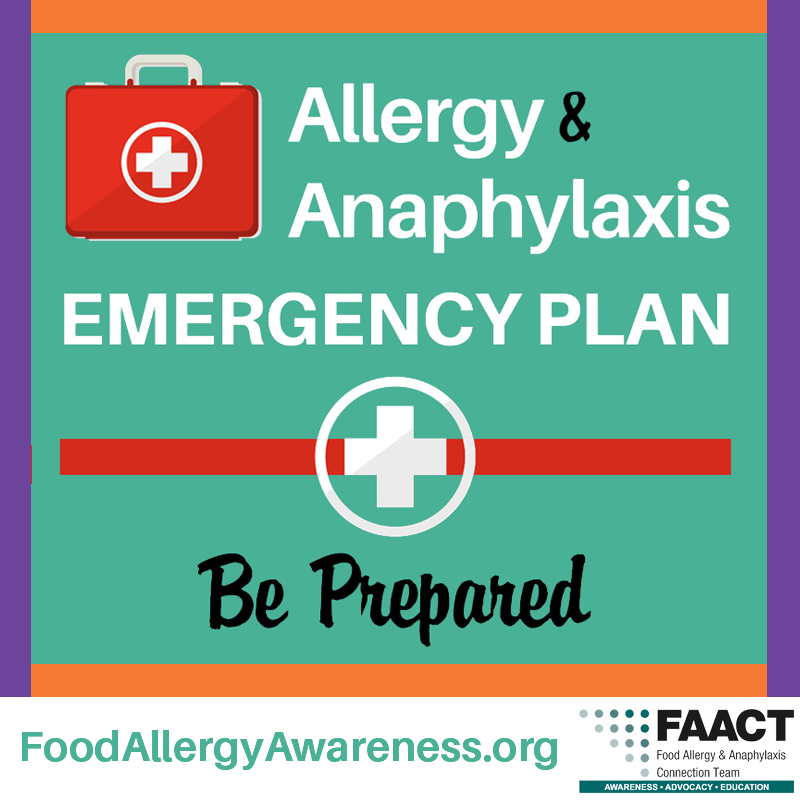Allergy & Anaphylaxis Emergency Plans
Subcategories

Allergy & Anaphylaxis Emergency Plans
Allergy & Anaphylaxis Emergency Plans are designed to provide clear, concise instructions on how to quickly assess and manage symptoms of a developing allergic reaction. Symptoms may be mild at the beginning, but if left untreated may progress to more severe symptoms. This is why prompt treatment is essential, and is the main reason for why your doctor urges you to be very familiar with your allergy action care plan.
Treatment of anaphylaxis is relatively simple. Any of the following symptoms requires prompt administration of epinephrine:
- Any throat, lung, circulatory, or heart symptoms
- Two or more organ systems become affected (e.g., skin and gastrointestinal symptoms)
- Vomiting (recommended because it may be difficult to absorb oral antihistamines)
If the allergic reaction is limited to isolated skin symptoms, oral symptoms or throat itching, or gastrointestinal symptoms not including vomiting, you can use an oral antihistamine first and observe the person very closely, with a source of epinephrine ready to be used if symptoms progress.
It is important to be deliberate and not hesitate when you have to use epinephrine. Epinephrine is potentially life-saving.
Should your child receive a dose of epinephrine, he or she requires 4-6 hours of medical observation in case the reaction escalates or a second (biphasic) reaction occurs. Additional medications may be needed (steroids, antihistamine, or additional doses of epinephrine).
When a person is experiencing symptoms of anaphylaxis, additional steps should include:
- Eliminate all risks of additional allergen exposure.
- Call 9-1-1 and/or seek medical attention immediately. Monitoring or additional medications may be required.
- Repeated doses of epinephrine may be necessary every 10 minutes if the symptoms are not going away.
- After epinephrine has been administered, have the person lay down with his or her legs raised, if possible, to help restore blood flow to vital organs (heart, lungs, brain).
- Administer secondary medications to help the patient breathe, such as an asthma inhaler; antihistamines to relieve itching and hives; and other medications as directed in the Allergy and Anaphylaxis Emergency Plan or as instructed by emergency medical personnel.
Delays in giving epinephrine can result in rapid decline and death within a short amount of time.
Allergists recommend that all individuals at risk for anaphylaxis carry two epinephrine products with them at all times AND an Allergy and Anaphylaxis Emergency Plan signed by a board-certified allergist.


